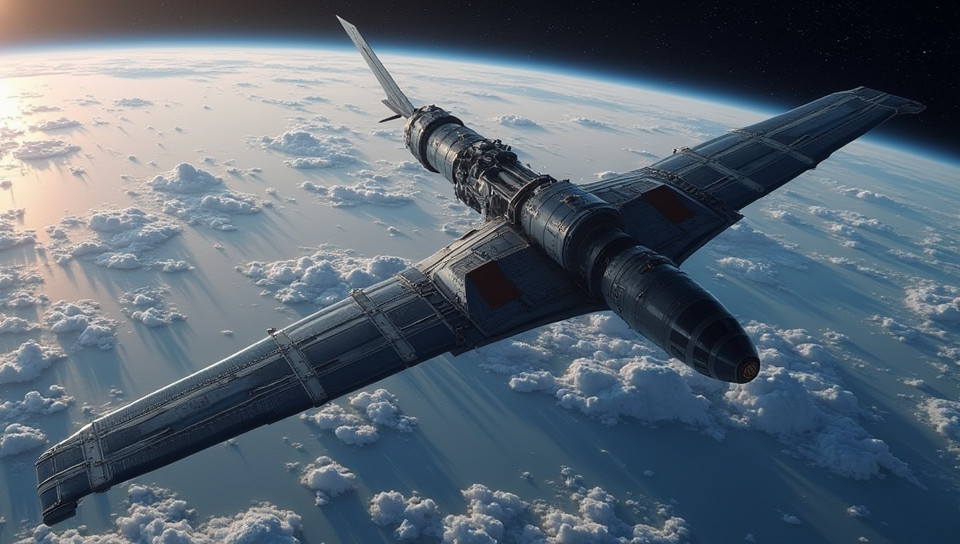Extreme temperatures affect spacecraft equipment reliability constantly 90%

Extreme Temperatures: The Hidden Enemy of Spacecraft Equipment Reliability
As we continue to push the boundaries of space exploration, one critical factor remains largely overlooked: extreme temperatures. The harsh conditions of space can be unforgiving, causing equipment failures that compromise mission success and put astronauts' lives at risk. In this article, we'll delve into the impact of extreme temperatures on spacecraft equipment reliability and explore ways to mitigate these effects.
Understanding Extreme Temperatures in Space
Space is a vast and hostile environment, with temperatures ranging from -270°C to 127°C (-454°F to 261°F). These extreme conditions can cause equipment failure, leading to reduced performance, increased maintenance costs, and even catastrophic consequences. For instance:
- Exposure to high temperatures can lead to component degradation, such as thermal expansion and contraction of metals.
- Low temperatures can cause electronic components to malfunction or become brittle, leading to cracks and fractures.
- Radiation exposure can further exacerbate these effects, making it essential for spacecraft designers to consider temperature fluctuations when selecting materials and designing systems.
Designing for Extreme Temperatures
To ensure reliable performance in extreme temperatures, spacecraft engineers employ various design strategies. These include:
- Material selection: Choosing materials with high thermal stability, such as ceramics or composites, can minimize the effects of temperature fluctuations.
- Insulation and shielding: Effective insulation and radiation shielding help protect sensitive components from extreme temperatures and radiation exposure.
- Redundancy and backup systems: Implementing redundant systems and backup power sources ensures continued operation even in the event of equipment failure.
Testing and Validation
To ensure that spacecraft equipment can withstand extreme temperatures, rigorous testing and validation procedures are essential. This includes:
- Environmental testing: Simulating various environmental conditions, such as temperature fluctuations, radiation exposure, and vibration.
- Performance testing: Verifying system performance under extreme temperature conditions to identify potential issues.
Conclusion
Extreme temperatures pose a significant challenge to spacecraft equipment reliability, but by understanding the effects of these conditions and designing for resilience, we can mitigate their impact. By selecting suitable materials, implementing effective insulation and shielding, and incorporating redundancy and backup systems, we can ensure reliable performance even in the harshest environments. As space exploration continues to evolve, it's essential that we prioritize temperature-related design considerations to safeguard mission success and protect human life.
- Created by: Dhruv Kumar
- Created at: Aug. 15, 2024, 9:19 p.m.
- ID: 7256







